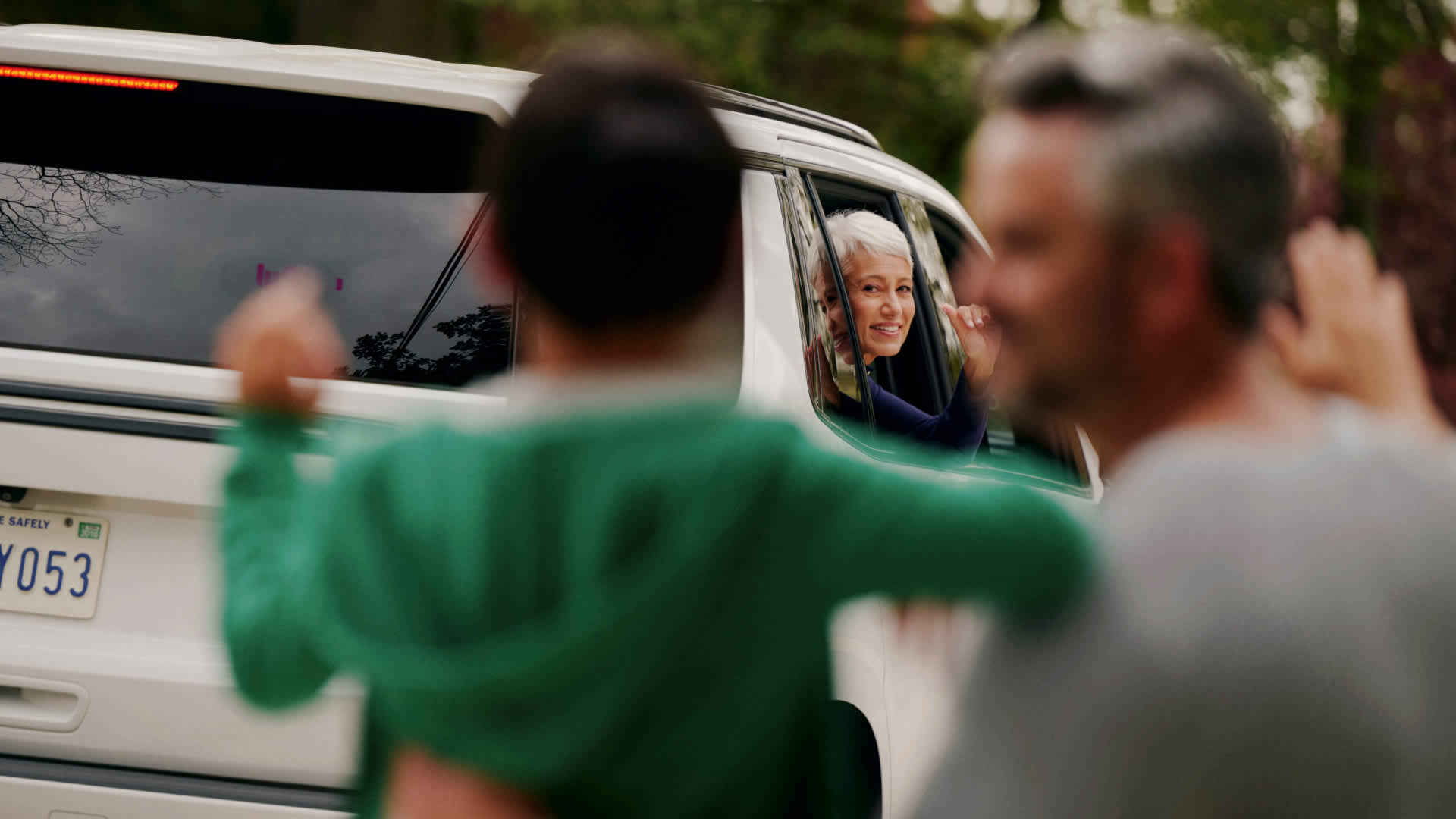
A riddle for you: What is a freedom that you gain as you age, but then lose as you get even older?
If you guessed driving, you nailed it. Each year, hundreds of thousands of older adults no longer drive, citing the natural declining vision, reflexes, and hearing that can make being on the roads more difficult and overwhelming.
While giving up the keys can be a hard transition, rideshare offers a compelling — and AARP-endorsed — alternative: Older adults can request a Lyft ride to experience the freedoms of private transportation, without the risk of getting behind the wheel themselves.
Despite this, older adults are still not using rideshare in the way that younger people are. This discrepancy suggests there’s a disconnect and motivated Lyft to build out a new product specifically geared to meet the needs of older riders. Enter Lyft Silver, a product designed specifically for the older rider, launching this May.
To design Lyft Silver, Lyft first had to identify the barriers older adults face. Overwhelmingly, internal and external evidence pointed to one direction: older adults were uncomfortable with technology. They were less familiar with standard user interfaces, were afraid of doing the “wrong thing”, and became frustrated easily. As a result, older adults tended to lean on caregivers for support: 15% of riders on Lyft’s platform are caregivers, and two out of every five of them say they have ordered a ride for an older person within the last 3 months. Indeed, older adults are 55% more likely to have their ride requested by someone else.

This is where Lyft Silver stands out, as its goal to empower older adults to use the app themselves. “Our hypothesis is that if given the right tools, seniors can build confidence in the app and will be excited by a product that gives them more autonomy," explains Sara Huang, the product manager for Lyft Silver. And Huang’s theory has support: a USC study found that once older adults were familiar with the Lyft app, 86% opted to use it themselves.
The technology barrier also clarified the assignment for the team working on Lyft Silver: Design a welcoming and straightforward app that seniors could easily navigate independently. “We wanted to be very intentional, and make it as accessible as possible,” explains Tiffany Ho, the lead designer of Lyft Silver. One quick fix: larger text. Considering research showing how older adults struggle to read small fonts on smart devices in mind, the font is inflated by 1.4x – the largest it can be without cutting off text. There are also fewer selection choices: just two main buttons are on the screen: for calling a ride now, and for scheduling one later. The goal is to reduce visual distractions that might get in the way of success, or add any confusion.

And if riders encounter any difficulty, a “Get Help” button sits at the top right hand corner to connect the user to a live agent for support between 8am - 9pm EST. “Our research found that seniors mostly relied on caregivers for help when hitting roadblocks in their apps,” explains Ho, “We wanted to relieve that burden." It can be a relief for both caregivers and drivers—older adults are 57% more likely to no-show on their rides than younger riders.
Further design differences are intended to relieve anxiety that older adults feel over doing something “wrong.” Lyft Silver requires the rider to confirm the pickup and dropoff destinations before deploying a ride and limits the menu of mode choices to just “Standard” and “Extra Comfort” to avoid confusion.

Once a ride has successfully been called, Lyft Silver aims to ensure that it’s completed, too. Older riders tend to turn Lyft rides away at higher rates, as the rider cannot physically get into the car – a demoralizing result for the rider and a waste of time for the driver. So Lyft Silver is designed to match them with vehicles that are easier to get into at higher rates.
“We went with seniors to a parking garage and asked them to get in and out of a bunch of different vehicles,” Huang describes. “Using that, we built out a list of which makes and models were to be avoided.” According to Huang, the commonality between these vehicles was step height, an insight observable in Lyft data: Older adults are twice as likely to cancel when they get matched with a pickup truck.
All together, this combination of features – a simpler and more usable app, live support, and a preferred list of vehicles – make Lyft Silver a product that seniors can use with more ease and autonomy. Success means they won’t have to give up any freedom after all.


